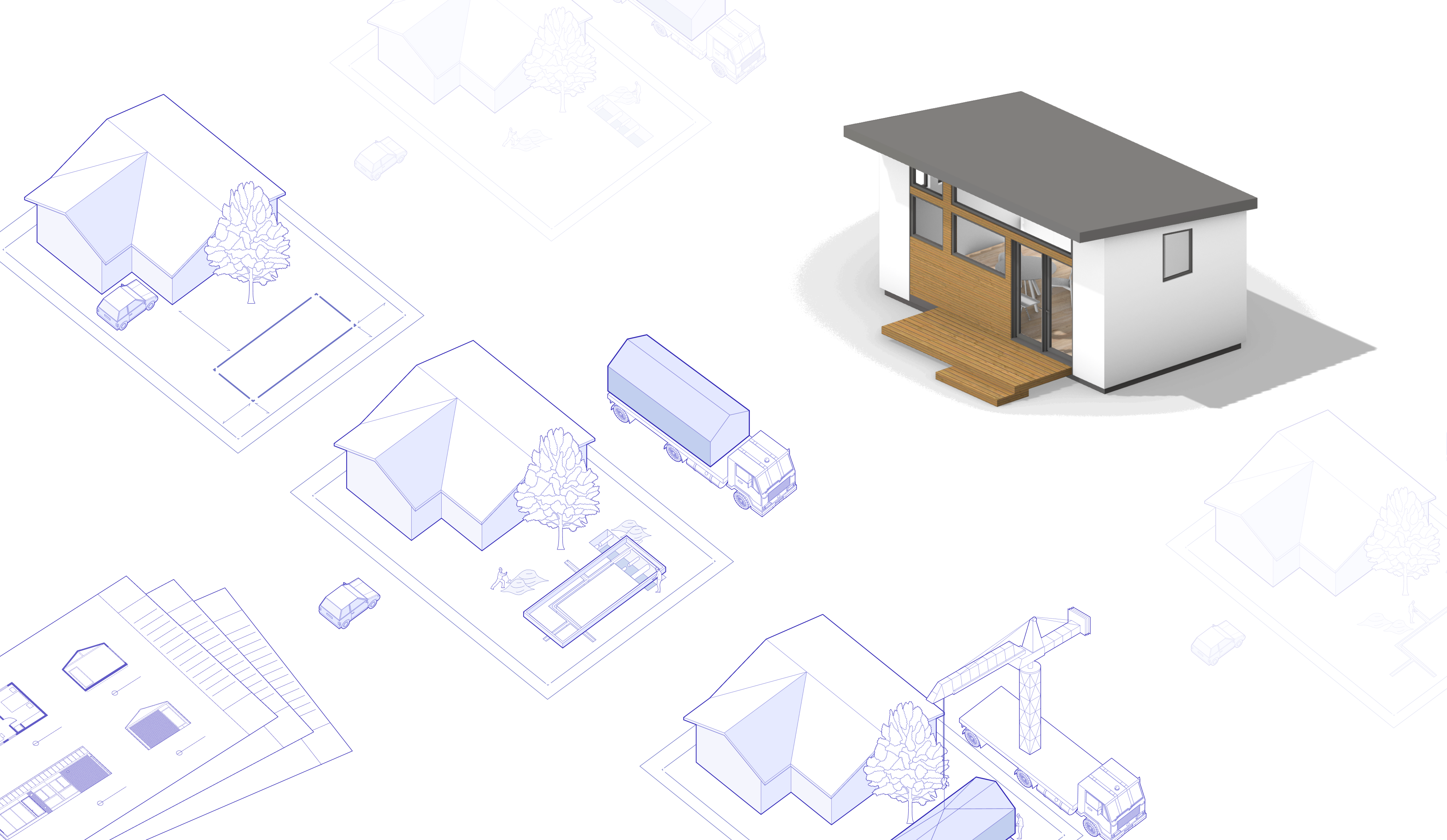

1 - Costs
The cost of an ADU varies drastically due to factors relating to your site, local labor, and materials. To get you in the ballpark, here are some ADU costs:
SF / Bay Area: $149k - $400k
Southern CA: $95k - $330k
Austin, TX: $125k - $300k
Portland, OR: $142k - $217k
We think so but here’s some reasons for building an ADU:
For the ADU models on our website, you'll see an all-in cost estimate. Use our ADU cost calculator to map out different scenarios.

2 - Financing
There are several financing options available for ADUs:

3 - Size and Zoning

You have options. Here are types of ADUs you could build in your backyard:

4 - Design

5 - Contrators
You have several options to consider for building an ADU: